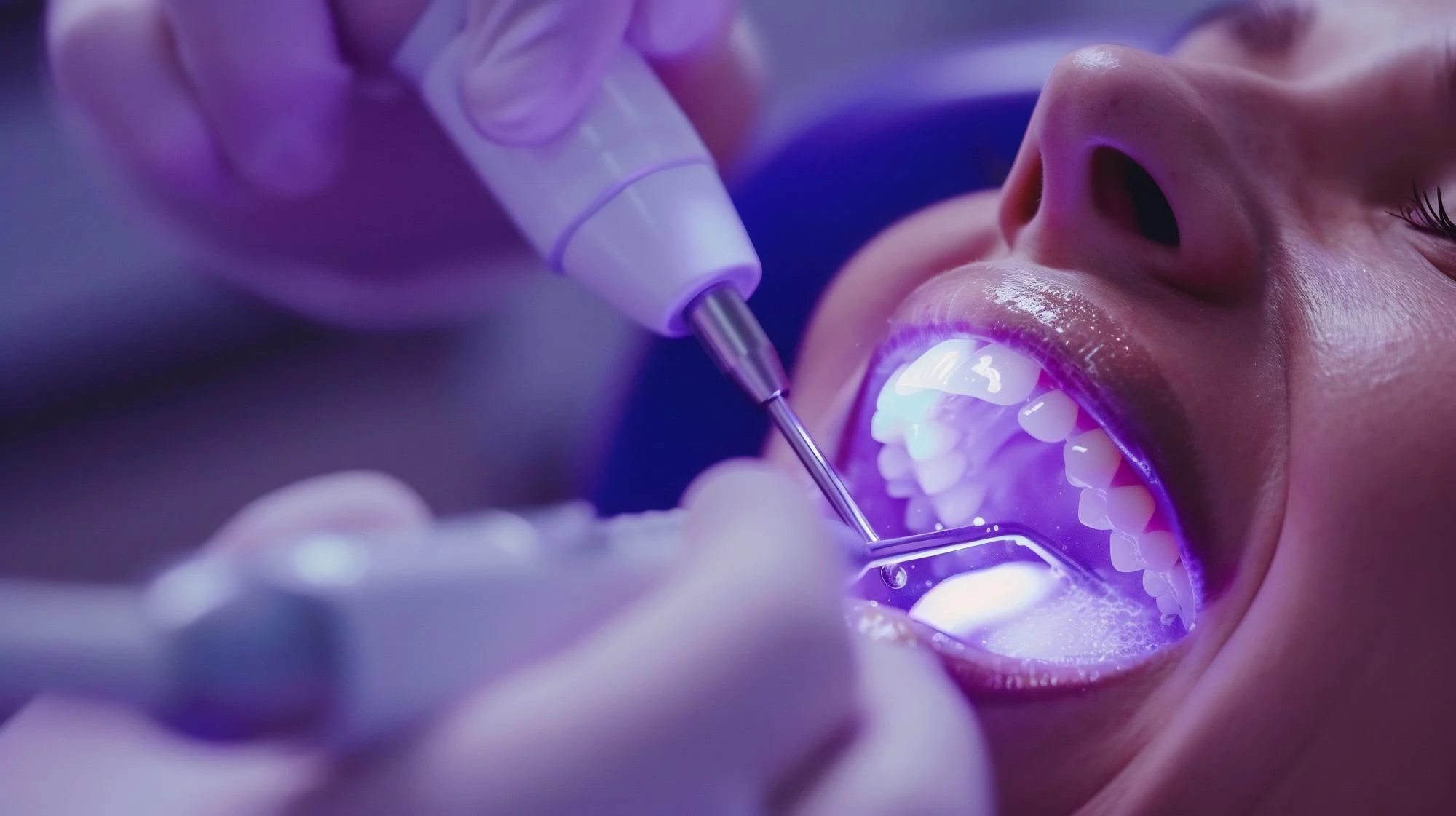
Different Types of Stains on Teeth and How to Remove Them

This blog has been reviewed and approved by Dr Robert Lee, a dental professional of 35 years
Table of Contents
Key Takeaways
- Tooth stains are common and can happen for a variety of reasons (both preventable and non-preventable).
- While dentists and dental hygienists can help whiten teeth, you do not always need to visit a medical professional when you have stained teeth.
- You can help prevent teeth stains by adjusting habits, dietary choices and paying attention to oral care.